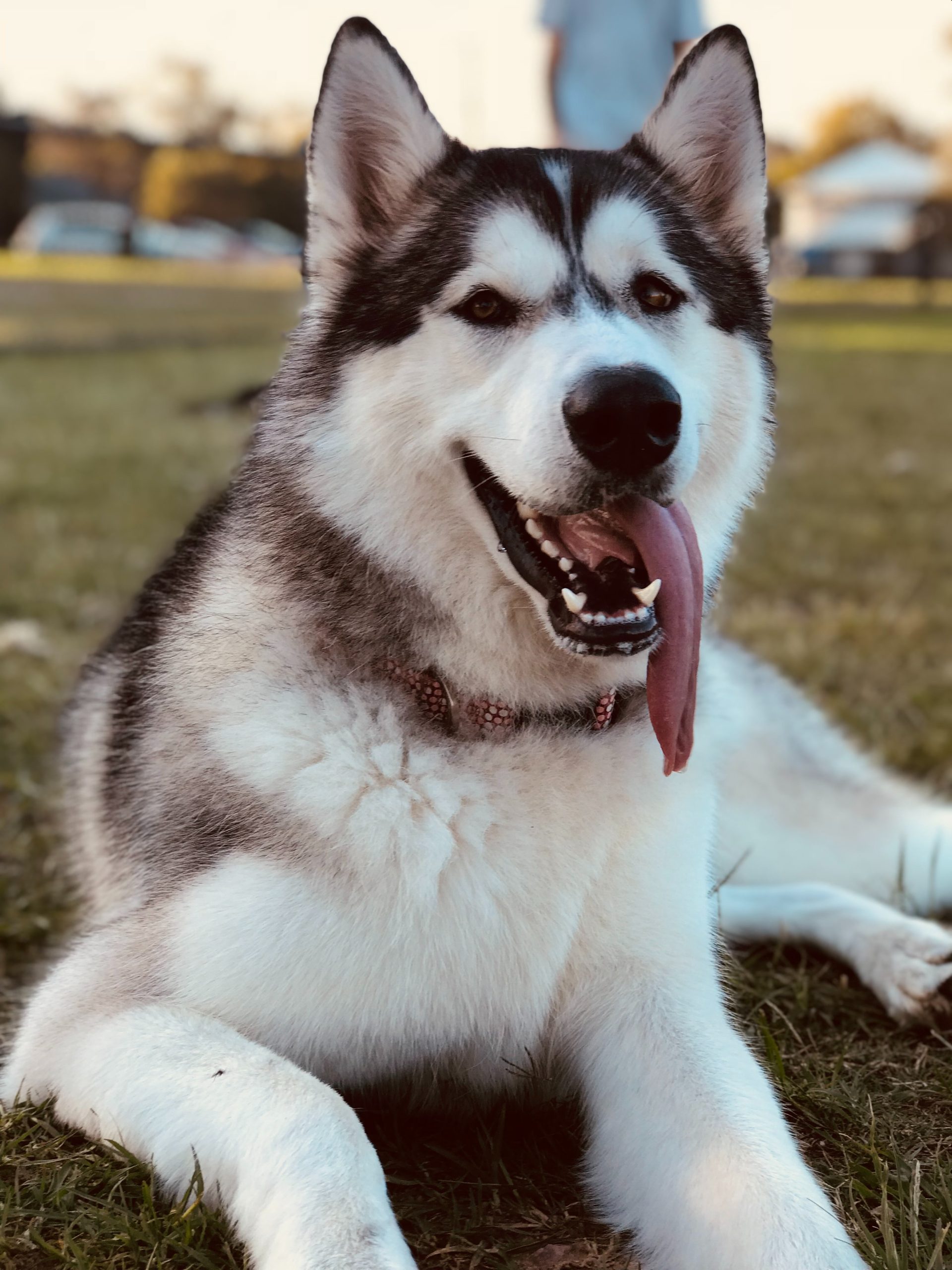Unleashing the Energy: A Comprehensive Guide to High-Energy Dog Breeds
This article provides an overview of high-energy dog breeds, including their characteristics and considerations, emphasizing the importance of understanding their exercise needs for their overall well-being.
High-Energy Dog Breeds: An Overview
High-energy dog breeds are known for their boundless energy and need for both mental and physical exercise to thrive. These breeds vary widely in size, appearance, and temperament, but they generally like being up and busy for most of the day and need an active person to keep up with them. Examples of some of the most energetic dog breeds include the Border Collie, Australian Shepherd, Australian Cattle Dog, Jack Russell Terrier, and many more.
It’s essential to understand the unique needs of high-energy dog breeds to ensure they lead happy and healthy lives. Without sufficient exercise and mental stimulation, these dogs might become destructive or develop behavioral issues. Therefore, it’s crucial for prospective owners to be aware of the commitment required to provide the necessary physical and mental stimulation for these breeds. Additionally, these dogs thrive with a sense of purpose and enjoy activities that keep them engaged and occupied, making it vital for owners to find suitable hobbies and activities to keep them busy and fulfilled.
Understanding High-Energy Dog Breeds
High-energy dog breeds are known for their boundless energy and need for constant mental and physical stimulation to thrive. For example, Border Collies are highly intelligent and excel when given tasks to keep them occupied, while Australian Shepherds are known for their strong work ethic and agility. Jack Russell Terriers, on the other hand, are small but incredibly energetic, requiring plenty of playtime and exercise to prevent boredom and behavioral issues.
In addition to their need for physical exercise, high-energy dog breeds also have unique mental stimulation requirements. For instance, activities like nosework, agility, hikes, and brain games are essential to keep these breeds engaged and prevent destructive behavior [2]. Without sufficient exercise and mental stimulation, high-energy dogs are prone to becoming restless, bored, and may develop behavioral issues such as excessive barking, digging, and jumping [3]. Therefore, it’s crucial for owners to understand the specific needs of their high-energy dog breed to ensure a happy and fulfilling life for their furry companion.
Meeting the Exercise Needs of High-Energy Dogs
High-energy dog breeds require a significant amount of daily exercise to maintain their physical and mental well-being. For instance, the Border Collie, known for its intelligence and energy, needs at least an hour of vigorous exercise each day to stay healthy and content. Similarly, Australian Shepherds, which thrive in a working environment, need daily exercise and engaging activities to prevent boredom and behavioral issues. Without sufficient exercise and mental stimulation, high-energy dogs might become destructive or develop behavioral issues. This can manifest in behaviors such as excessive barking, digging, and jumping, signaling their need for more stimulation and activity.
In addition to physical exercise, high-energy dogs benefit from engaging in activities that stimulate their minds. These activities include not only physical exercise, such as agility training, but also mental exercises like nosework and brain games. These provide mental stimulation, preventing boredom and keeping the dog’s mind active. It is crucial for owners to recognize that daily walks alone might not be enough for some high-energy dogs, and that incorporating a variety of activities is essential to meet their exercise needs.
Training and Enrichment for High-Energy Dogs
Training is not only important for the physical well-being of high-energy dogs, but it also engages their minds, which is essential for their overall development and happiness. For instance, the Border Collie, known for its high energy and intelligence, requires mental challenges and tasks to stay engaged. This breed excels in activities like agility training, obedience training, and even advanced tricks that stimulate their sharp minds and tire them out physically. Feeding high-energy dogs based on age, size, and veterinarian recommendations is crucial to support their active lifestyle. For example, Australian Shepherds, a high-energy breed, benefit from a balanced diet that provides the necessary nutrients and energy to fuel their active days. Consulting with a veterinarian to determine the right type and amount of food can ensure that the dog maintains its energy levels while receiving proper nourishment.
In addition to regular exercise, high-energy dogs thrive on activities that provide mental stimulation. For example, nosework, where dogs use their sense of smell to locate objects or scents, can be a mentally enriching activity for breeds like the Jack Russell Terrier. Engaging in brain games like puzzle toys or interactive feeders can also keep these dogs mentally sharp and prevent boredom-induced destructive behaviors. Moreover, crate training, teaching impulse control, and encouraging independent play can help calm energetic dogs by providing structure and mental challenges, ultimately contributing to their overall well-being and happiness.
Integrating High-Energy Dogs into the Household
When considering integrating high-energy dogs into the household, it’s crucial to understand that these breeds often display behaviors such as excessive barking, digging, and jumping when they are not adequately stimulated. For instance, the Australian Shepherd, known for its high energy levels, may become restless and engage in destructive behaviors if not provided with sufficient physical and mental exercise. This illustrates the significance of incorporating them into the household as active members who require more than just basic care and attention.
To ensure the well-being of high-energy dogs, it’s essential to establish consistent exercise routines to meet their physical needs. Taking breeds like Border Collies and Golden Retrievers for daily walks or runs can help expel their excess energy and prevent them from becoming bored, which may lead to destructive tendencies. Additionally, engaging in activities like hiking, agility training, or obedience sessions can provide the necessary mental stimulation to keep them content and well-behaved within the household environment. By integrating these activities into their daily lives, high-energy dogs can lead fulfilling and balanced lives, reducing the likelihood of developing behavioral issues due to pent-up energy and boredom.
In summary, integrating high-energy dogs as active members of the household involves recognizing their unique needs for both physical and mental stimulation. By providing consistent exercise routines, engaging hobbies, and obedience training, these energetic breeds can thrive within the family dynamic, showcasing their best qualities and minimizing the risk of developing destructive behaviors.
Popular High-Energy Dog Breeds
High-energy dog breeds are known for their exuberant nature and require ample physical and mental stimulation to lead a balanced and contented life. Examples of such breeds include the Border Collie, renowned for its exceptional intelligence and need for at least an hour of exercise every day to prevent boredom and destructive behavior. Golden Retrievers, with their friendly and lively disposition, also fall into the high-energy category and benefit from at least an hour of exercise daily, displaying a particular fondness for engaging in water activities. German Shorthaired Pointers, originally bred as hunting dogs, thrive on daily exercise and mental stimulation to keep their active minds and bodies satisfied.
Moreover, Australian Shepherds, known for their impressive work ethic and herding instincts, need daily exercise and thrive in an environment where they are given a “job” to do, such as agility training or herding games, to channel their abundant energy in a positive direction. Labrador Retrievers, beloved for their friendly and outgoing nature, are also categorized as high-energy dogs and require both mental and physical stimulation to prevent boredom and potential behavioral issues. These examples highlight the diverse nature of high-energy dog breeds and the importance of understanding and meeting their specific exercise and mental stimulation needs to ensure their well-being and happiness.
Conclusion
In conclusion, high-energy dog breeds require special care and attention to ensure their well-being and happiness. It is crucial for prospective dog owners to understand the specific characteristics and considerations associated with high-energy dog breeds. By recognizing the unique needs of these breeds, owners can provide the necessary mental and physical stimulation to keep their pets healthy and content.
For example, breeds such as the Border Collie, Australian Shepherd, and Jack Russell Terrier are known for their high energy levels and need for regular exercise and mental enrichment. Without sufficient engagement, these dogs can exhibit destructive behaviors and develop various issues stemming from boredom and excess energy. Therefore, it is imperative for owners to engage in activities such as agility training, nosework, and brain games to meet the mental and physical needs of their high-energy pets.
By acknowledging the importance of these considerations and actively incorporating them into the care of high-energy dog breeds, owners can enjoy the rewarding experience of nurturing happy, well-adjusted pets. This understanding can lead to a harmonious and fulfilling relationship between the owner and their high-energy canine companions, promoting a healthy and active lifestyle for both.



